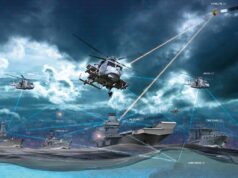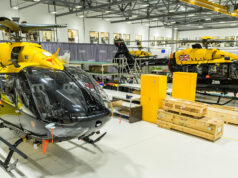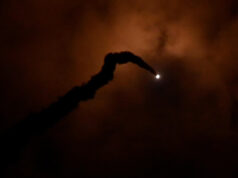Northrop Grumman’s MQ-4C Triton unmanned aircraft system deployed for the first time recently, to provide US military commanders in the Pacific greater maritime intelligence, surveillance and reconnaissance (ISR) data.
“This is a significant milestone in the MQ-4C Triton program,” said Doug Shaffer, vice president and programme manager, Triton program, Northrop Grumman.
“Our partnership with the U.S. Navy has been crucial in developing this system that will help commanders build a better common operational picture.”
The U.S. Navy’s newest and most technologically advanced ISR platform, Triton’s autonomous suite of maritime sensors allows operators to detect, track, classify and identify vessels on the ocean or in the littorals in some of the world’s busiest shipping lanes.
Triton’s ability to fly at high altitude and remain airborne in excess of 24 hours allows the US to surveil a larger maritime area than before.
“Designed to operate in a manned-unmanned teaming concept, Triton provides an unblinking eye over massive swaths of ocean and littoral areas, enabling manned aircraft such as the U.S. Navy’s P-8 Poseidon to focus on anti-surface and anti-sub-surface warfare.”












